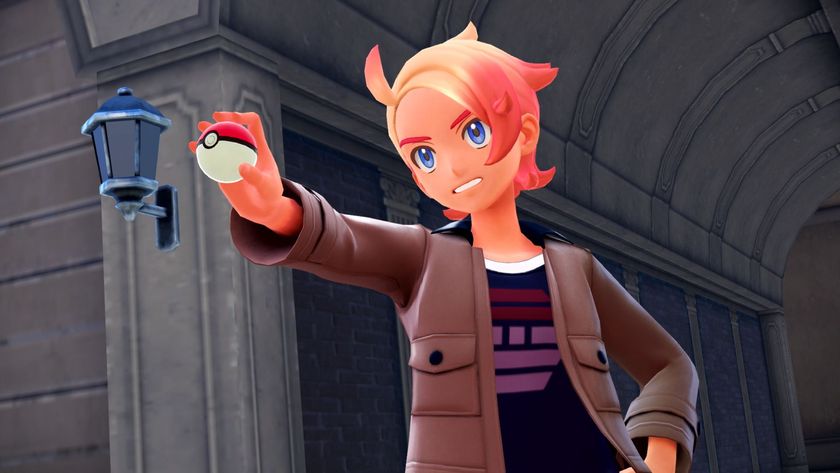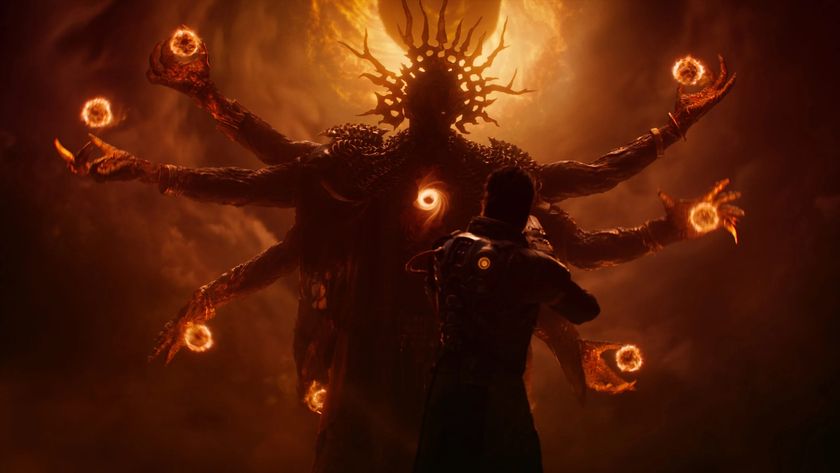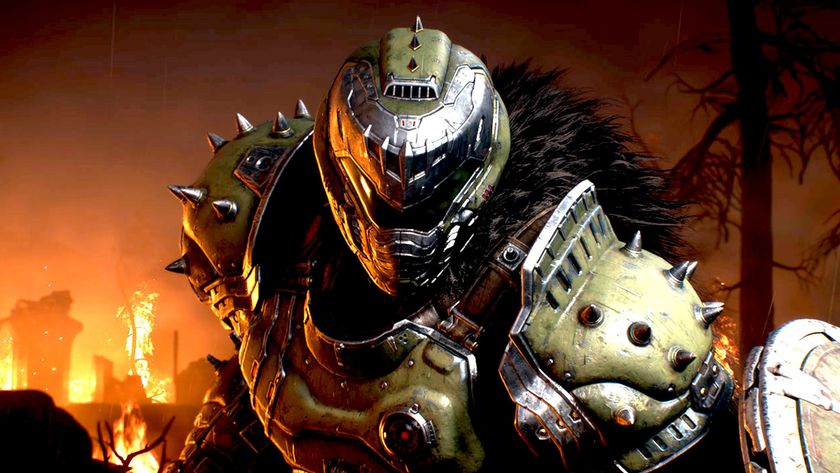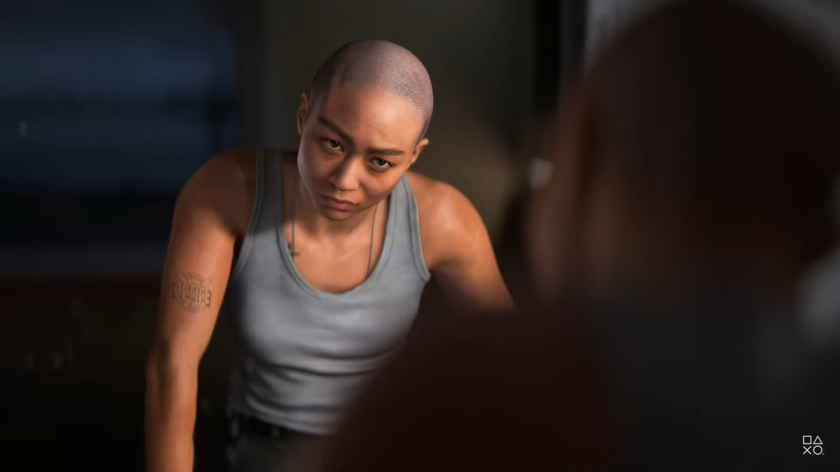Microsoft Studios’ general manager on bringing together great minds and nurturing talent of tomorrow
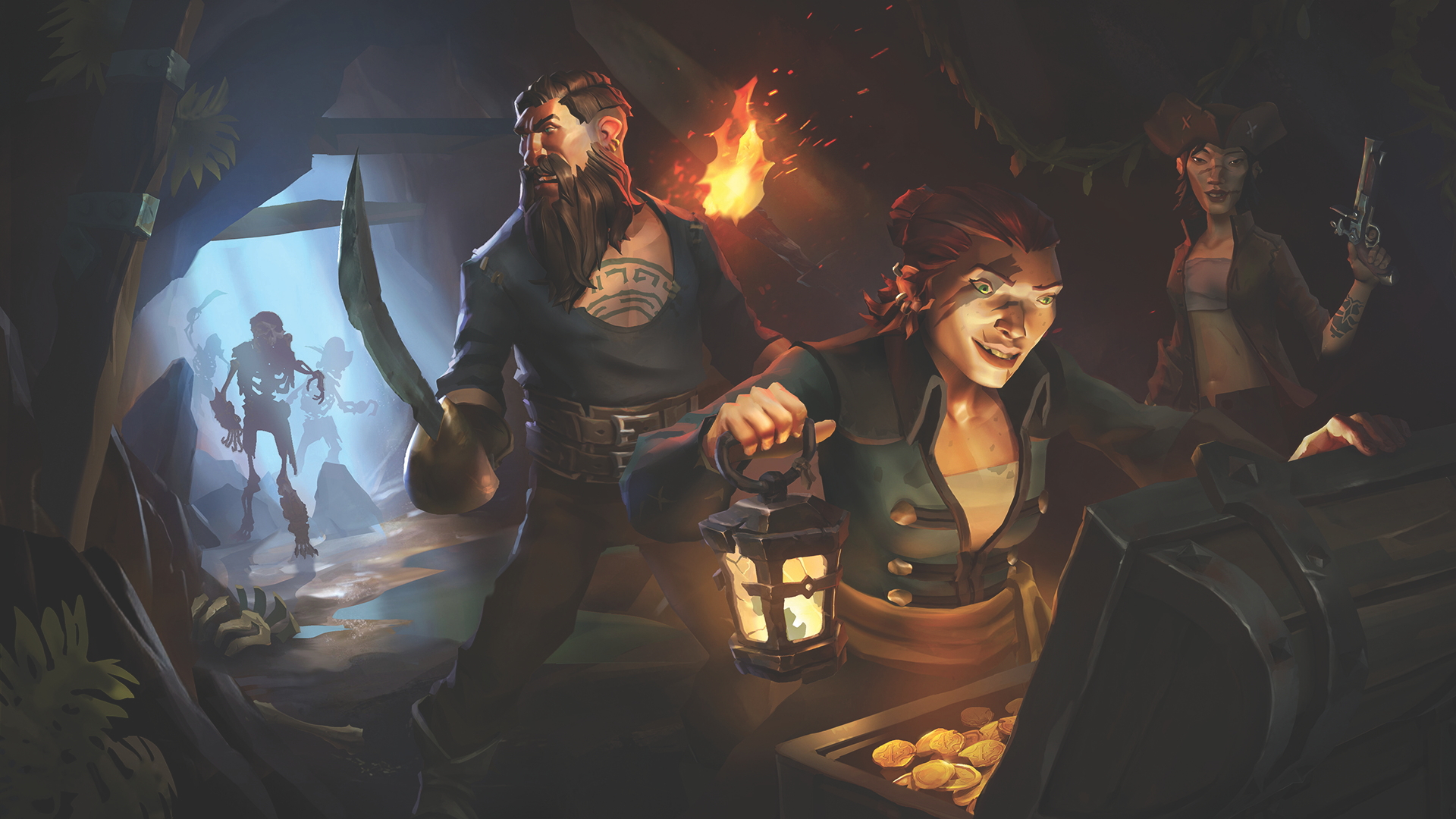
This interview was conducted by Xbox: The Official Magazine
You’ve seen their logo hundreds of times, but have you ever wondered exactly what ‘Microsoft Studios’ actually is? Though easy to dismiss as a simple Microsoft stamp of ownership, that logo actually represents a team of creative experts who help studios – both first-and third-party – to bring their visions to fruition. Heading up this ragtag band of digital dabblers is Shannon Loftis, a Microsoft veteran of 23 years who has worked on everything from Project Gotham Racing to Viva Piñata. Since she has a hand in many upcoming video game pies, we asked her to share a slice or two...

OXM: For readers who might not know who you are, what do you do at Microsoft?
Shannon Loftis: I’m the head of Microsoft Studios First Party Publishing. That means that: number one, I have the best job in the world; and number two, I manage a team of about 90 game coders and designers who partner with independent game developers all over the world to help them bring their games to our platforms. I have an audio team, an art team, a technical art team, writers, designers and producers. The way we use our internal folks is that if a game developer says, “Hey, I’m running into a jam with my audio,” I’ll put my audio team on it. If they say, “Hey, I could use some help with level design please,” then we’ll get one of our level designers to lend them a hand.
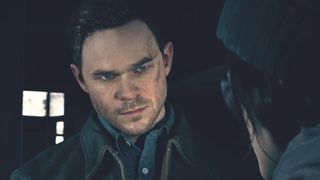
OXM: How much of a role do you have in deciding which games go forwards – are you involved in the pitching process?
SL: We hear pitches year-round and there’s a development framework that puts games through phases. Generally that means working on a concept phase prototype then pre-production and production, and we do reviews all the way through, offering advice and support. We frequently come to the conclusion that games need more time. A great example is Crackdown 3, which we announced [at E3] is now going to be a 2017 title. I hate disappointing gamers with stuff like that, but I’m proud of our track record of letting our games finish, as opposed to pushing them out before they’re done.
So we make decisions all the time about which games are the right ones to kick off and to greenlight, and which ones ought to continue. On some occasions we start a game and we’re not able to finish it for one reason or another, and I’m usually part of that decision too.
Sign up to the 12DOVE Newsletter
Weekly digests, tales from the communities you love, and more
OXM: So is there a secret graveyard of amazing, half-formed ideas?
SL: I think the history of the games industry could be written with great pitches that never came through. But a lot of the time what happens is a game gets pitched and we start it but when we get to a place where we have some kind of a mechanical proof, the proof just... well, we don’t realise what we were hoping to see with it. That’s part of being creative, right? You have to take risks.
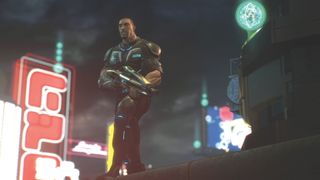
OXM: In the past, Microsoft used to talk a lot about pursuing games based on a genre: ‘We want a shooter’ or ‘We want to scratch a driving game itch’. Is that approach still part of the process?
SL: We evaluate potential games on the basis of a number of different factors. Certainly we might be interested in a genre where we aren’t currently playing, but we’d also be interested in a game that has a unique take on a genre we’re already in. And we would also want to hear about a game that is a great story we haven’t heard before. It’s not formulaic, exactly. At the moment I would be unlikely to sign a super-high-end AAA first-person shooter because we’ve already got some beautiful games there right now with Gears of War and Halo.
The interesting thing is that the notion of game genres is kinda breaking down. Almost every game has an RPG element to it. Take the release of Overwatch, which is a shooter and a MOBA, and then it also has the radical feature of being able to change characters mid-run. Thinking about things in terms of well defined, isolated categories just doesn’t make sense any more.

OXM: Let’s take the example of your recent ReCore. That is a hard-to-place game in terms of who it’s aimed at and how it came to be. Talk us through its genesis.
SL: Well, the interesting thing is that Armature - or at least Mark Pacini and Jack Matthews – had worked with Keiji Inafune before. Keiji is known for creating memorable, iconic characters and Mark was the creative impetus behind Metroid Prime, a game with incredible traversal, levelling, navigation and combat mechanics. If you take the mechanics that we know already work and you combine those with an iconic character and a really strong, compelling storyline with emotional elements, then you get something. Metroid was successful, Mega Man was successful... this is interesting because it’s a marriage of the two.

OXM: You have all these creatives on your team who are actively making other games better. What’s to stop them banding together and making the ultimate game by themselves?
SL: The interesting thing is that the people on the publishing team have opted in to being there because it gives them the ability to work with a variety of the world’s greatest game designers and studios. We do have people that come into publishing for a couple of years to get lots of broad experience and then go on to game studios that are working on a single title – and a lot of the time they come back for a couple of years then go to a different studio. That’s a natural cycle and I consider it to be healthy because it keeps our skillset fresh.
But publishing has its own magical draw for people. It’s a great way to be on the cutting edge, especially when we’re focused on the ‘new’: new experiences, new IP, new studios, new partnerships, new platforms. It’s just an excellent way to be first in on that sort of thing.

OXM: You work with some known quantities and some unknown quantities. does your involvement differ between the two?
SL: For example, with Scalebound, do you go to Platinum and ask, ‘Give us a Platinum game, please’? What’s the relationship like there? So, Microsoft is not purely a games company, we’re a technology company. And technology companies are responsible for delivering continuous innovation and radical – exponential – change. Microsoft has chosen to do that by creating platforms. Platforms are never any stronger than the content that’s on them, and if we could create, internally at Microsoft with our own people, all the content possible to exploit what makes Xbox great, then who knows, maybe we would choose to do that. But we know that we can’t, and part of our job is to inspire developers outside of Microsoft to want to be Xbox developers.
So because of that my publishing team has a mantra that we have to elevate our partners and their games to the next level, and that for every relationship we have, whether it results in a finished game or not, that developer walks away feeling like they’re better because they’ve worked with us. It may be that they gained new skills or went away with some technology – or maybe even that they had a pitch that didn’t go forward but we’ve helped them to polish it to the point where it’s really easy to take to somebody else.
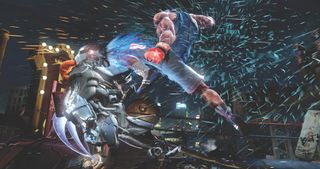
So we engage differently. We rarely go to a developer and say, “This is the game you shall make,” unless it’s us looking for a proposal for IP that we already own. Even in that case... well, when we decided we wanted to bring Killer Instinct back, for example, we asked a bunch of developers for pitches and chose the team that we thought had the most strength of vision.
With Platinum, they are an incredibly experienced developer, and they have had huge success. I mean, Kamiya-san is a genius. But he told us that he wanted Scalebound to be a more western game than some of his previous titles. And so the places where we provide the input are on the appeal of the character, the environment and the gameplay to western game players. It’s another way of mixing the chocolate and the peanut butter, right? I’m excited with where the game is going and how’s it’s turning out.

OXM: At the other end of the scale to an entity like Platinum, there are smaller studios where it almost feels like you helped define who they are – Undead Labs or Moon Studios, for example. Is that a different kind of relationship?
SL: Undead Labs, Moon Studios – these are diamonds-in-the-rough. One of the nice things about having a larger publishing organisation is that we can scale our engagement based on what the developer needs and wants at any given time.
Undead Labs are industry veterans. Jeff Strain worked on World of Warcraft and then at ArenaNet – he’s not a slouch in game development. When he told us he was starting a studio and they had the pitch for State of Decay, he said they had a very specific way that they wanted to approach the development. So we started out with what was essentially an XBLA level-sized game, a smaller game, and then we did some very deliberately thought out DLC packages to sort of test consumer response, rather than building the entire thing. State of Decay plus all the Year-One Survival Edition DLCs in one release would have been a big risk to take, so we did it as a modular release. And now with State of Decay 2 we’re taking much of what we learned from the first game and we’re making it a triple-A game. But it’s really Jeff’s vision all the way though. We’re just kind of enabling.
Moon Studios is another interesting story because Thomas Mahler and Gennadiy Korol – the two founders – met online and started talking about a game concept then exchanged art, stories and thoughts about the mechanics. Eventually they decided to try and make a go of it, and they got enough funding to make some hires. They ended up with a small, eight-person studio, but it was a virtual studio – literally. There was someone in Israel, someone in Austria, someone in Australia, someone in the US... and they didn’t meet until two years into development, when we brought them together at E3 with Ori and the Blind Forest.
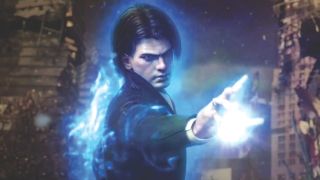
OXM: You recently announced the re-release of Phantom Dust, which is exciting...
SL: Good, I’m glad you’re excited about it!
OXM: It strikes me that a lot of the decisions made around Xbox One are made by people who have been at the company since the beginning, so there’s a lot of nostalgia for the Xbox years. a tiny part of me wonders whether, in such a forward-moving industry, there is any kind of danger in that nostalgia?
SL: We do bring new people into our leadership team pretty regularly though. For example, Dave McCarthy is someone who only joined us a few years ago, and he brought a great, fresh perspective. We got to work with Kudo Tsunoda for a few years and he’s one of the most creative people that I’ve ever worked with; he’s still a friend and a mentor, and he’s moved on to something else.
So there are a few leaders like myself, [head of 343 Industries] Bonnie Ross and [head of Xbox] Phil Spencer that have been around for a long time, but I think that when you keep the consumer at the centre of everything you do, it’s almost impossible to become stale because our consumers don’t get stale. Gamers change all the time, and gamers told us that they want more choice, right? That’s why we made the announcements we made.
Through ID@Xbox and my publishing team we can engage with game developers on every spectrum, from the one- or two- person shops all the way up to the big AAAs. It keeps things moving and it repeatedly challenges what we think about game development and what we think is the right direction for the future.

OXM: So if you could press a button to instantly bring back any series you’ve worked on, which one would you choose?
SL: I loved RalliSport Challenge. I thought it was a beautiful game and very innovative for the time. Forza does great, great rally, but they’ve actually incorporated much of RalliSport Challenge into those games.
There was just something about the particular team we worked with – and that was actually a DICE game, before it was acquired by EA, so I got to work with [DICE general manager] Patrick Bach, which was awesome! So it’s as much about the experience I had in development as it is about the finished game.
This article originally appeared in Xbox: The Official Magazine. For more great Xbox coverage, you can subscribe here.
Matthew Castle is the former editor of Official Nintendo Magazine and Official Xbox Magazine. He was also part of the team on the Nintendo Gamer magazine back in the day. Since then, he's worked at Rock, Paper, Shotgun as part of their video team, as well as for the official Xbox On YouTube channel. Nowadays, he's a freelance games critic and consultant, and one half of the Back Page podcast.

